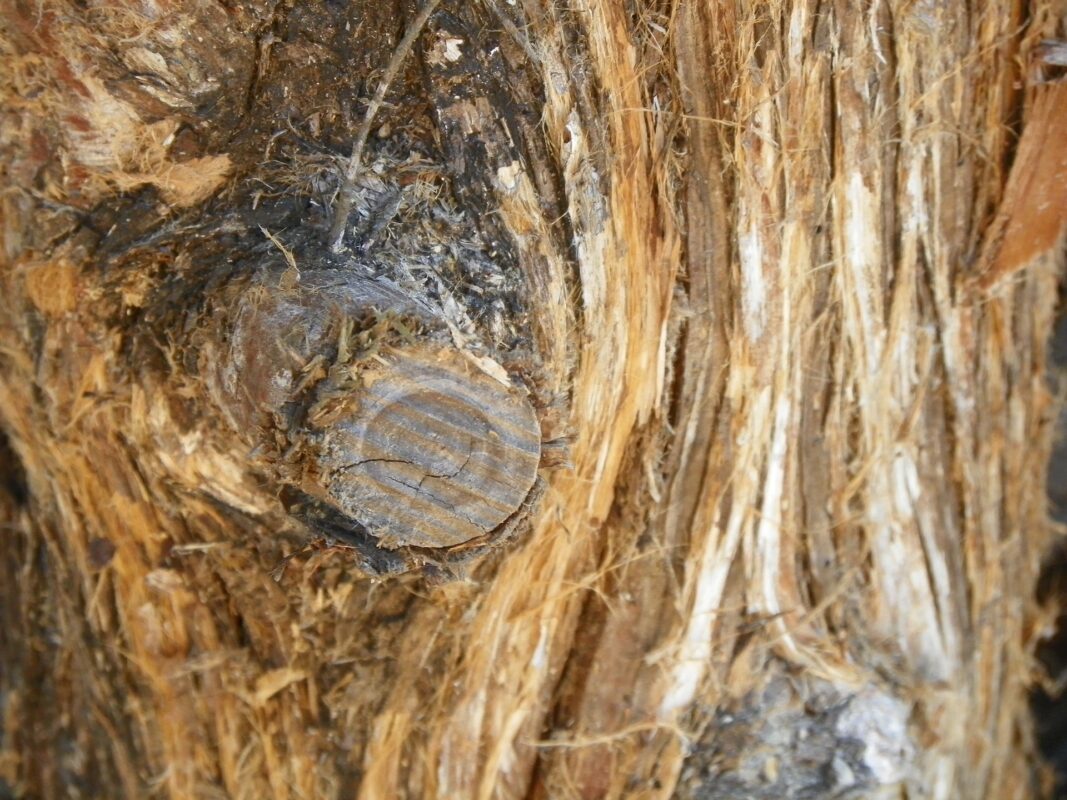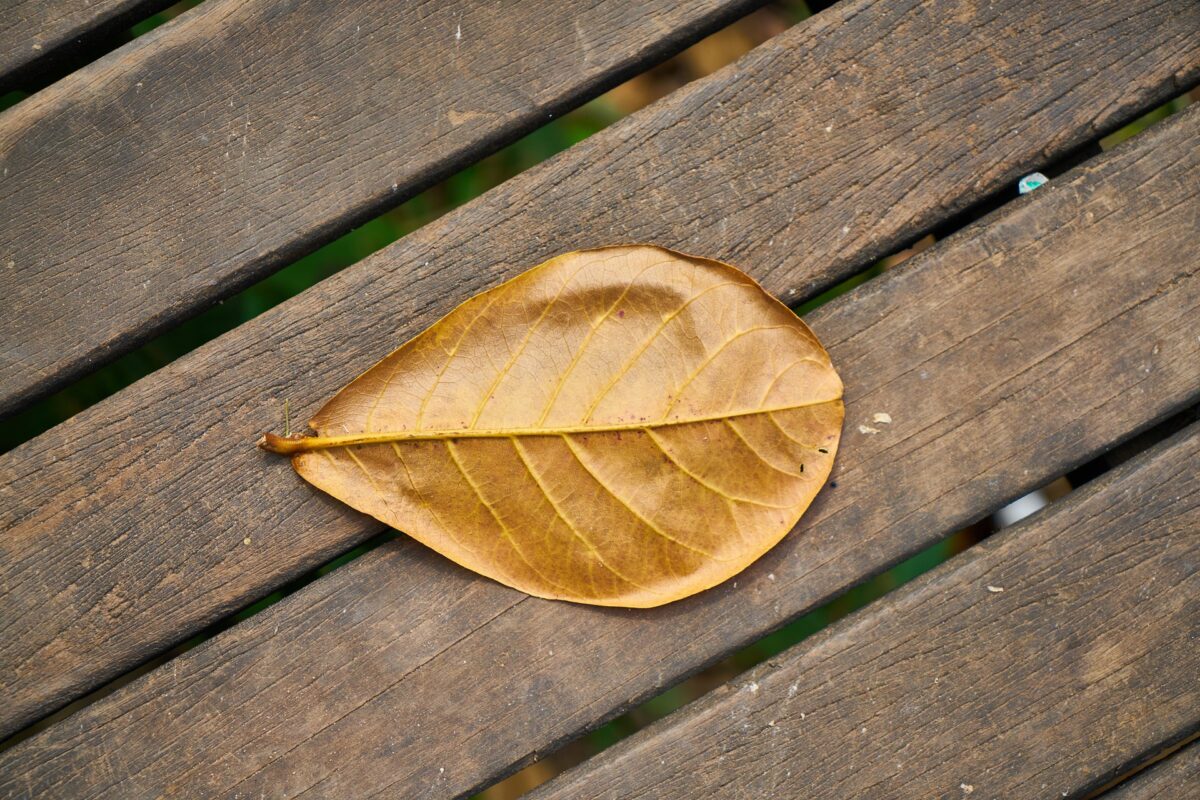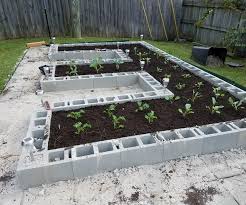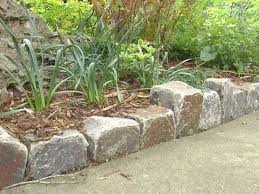Ultimate Raised Bed Garden Materials

I keep talking about how fabulous raised bed gardens are, but if you are like me, maybe you procrastinate because you don’t know how to begin. Well, I did some research for us. I have included the pros and cons of raised bed garden construction materials. Then, I have photo suggestions on container gardens. Any of these, will get you more upright and save your back.
I have even include a FREE set of plans at the end so you can build your own garden.
WOOD
Organically and aesthetically, wood is the top choice for building a raised bed gardens. There are various types of wood to use but they each have their own pros and cons.
Cedar
Pros: naturally rot, water, and insect resistant with beautiful color, grain designs, and earthy aroma. Wood is relatively lightweight and biodegradable.
Cons: It has a short lifespan but should be left untreated since chemicals can leach into the soil and get into your produce. Also, it’s fairly expensive.
Composite
Pros: Made from a mix of wood chips and polypropylene, it is tough, warp resistant, all-weather, and maintenance free. It is resistant to insects. Lightweight, with a wood grain look, it is an easy product to work with.
Cons: The boards are typically hollow and easily broken if not careful. The colors also tend to fade over time.
Pine
Pros: An inexpensive option with a tan color that turns to a beautiful gray over time. Painting the wood with raw linseed oil can extend the life of your pine garden bed.
Cons: It is not rot resistant, nor resistant to insects so will likely need to be replaced in a few years.
Redwood
Pros: Naturally rot and insect resistant with a beautiful finish. It can last 20+ years. It is chemical free.
Cons: Very expensive.



FERROCEMENT
Pros: You can make wire mesh into any shape or height you want then apply a thin coating of cement over it for a strong, long lasting garden. You can either put dye into the cement to create colors or apply paint once it is dry.
Cons: Time intensive because applying cement to wire mesh is not easy and needs repeat smoothing coats.
Here is a video to show you the technique:
CONCRETE BLOCKS
Pros: Cinder or Concrete blocks are probably the most economical way to build a raised bed. They are durable, sturdy, easy to build and you can plant a border of flowers in those holes in the top.
Cons: They are not the prettiest option.

BRICK OR STONE
Pros: This is a popular choice for the freedom of style, color, durability and overall look of a raised bed garden.
Cons: Stone is heavy to move and expensive to install while brick should require a mason since mortar is involved

METAL
Pro: A stronger material than other garden bed options and gives you the ability to control your soil and drainage. You don’t need to worry about garden bed rot, and metal has a cool, modern look about it.
Cons: Compounds used when the metal is galvanized can leach into surrounding soil. However, the by-products of corrosion aren’t likely to pose a threat to gardener or plant health.
Here’s a video of how to make a galvanized raised bed planter:
<iframe width=”697″ height=”392″ src=”https://www.youtube.com/embed/BnVZTLeaLLM” frameborder=”0″ allow=”accelerometer; autoplay; encrypted-media; gyroscope; picture-in-picture” allowfullscreen></iframe>
PLASTIC
Pros: Long lasting, durable and stable. Commonly made of HDPE (high-density polyethylene) plastic and generally have a minimum life span of 50 years.. This type of plastic withstands extreme temperatures and is not likely to crack or chip. Also, it will not leach any chemicals into the soil. The boards have a smooth finish and are available in a variety of different colors to suit your taste. As an added bonus, the high quality plastic is also washable and recyclable.
Cons: Somewhat expensive and heavy to carry to the garden for assembly. Unfortunately, once assembled, it doesn’t have the same linear strength as wood so the sides may eventually bow out over time, while attempting to hold all the soil and plants inside.
FABRIC
Pros: Durable, long lasting, lightweight, these are the easiest option to assemble. This is an inexpensive option especially if you don’t need a big space. Remember my blog about not needing a lot of space?
Cons: The fabric can break down over time since it is biodegradable.
Various materials can be used to build a raised bed garden. So, you can have more than one type in your garden if you want to try out different types. But, you can also use other things as planters that can get your garden up off the ground and vertical. Take a look at these ideas from Pinterest and let me know in the Comment section below which one you like best!
I hope I have given you enough information about how to create your own raised beds. I promised free plans for some simple raised bed boxes and here they are (Just click on each sentence):
A raised herb garden planter from “This Old House”.
Please take a look at my garden supply products, especially page two where I have raised bed bags.
If you want to learn more about gardening, send me a note below.